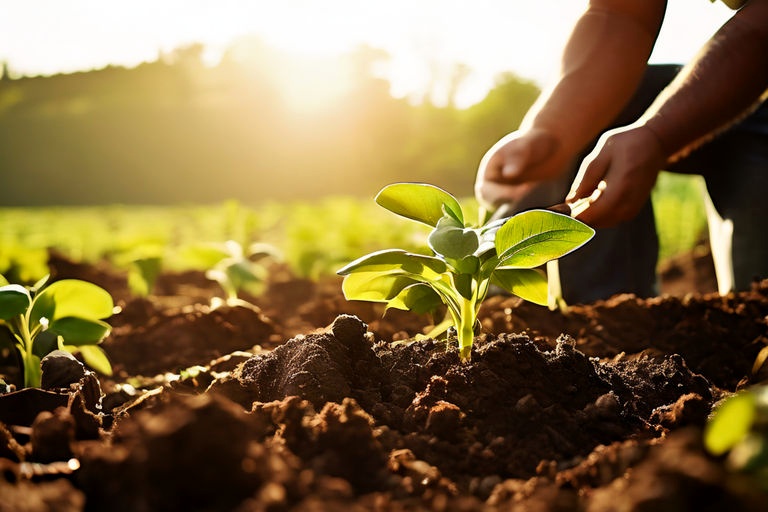How can I test my soil fertility?

Understanding Soil Fertility: A Comprehensive Guide
Soil fertility is an essential aspect of productive gardening and farming. It determines the health and growth of your plants. But, how can you test your soil fertility? This comprehensive guide will walk you through the process in detail.
What is Soil Fertility?
Soil fertility refers to the ability of soil to sustain plant growth by providing essential nutrients. It's a dynamic attribute, influenced by the soil's physical and chemical properties, as well as its biological life.
Why is Testing Soil Fertility Important?
Testing the fertility of your soil is crucial for several reasons. It allows you to understand the nutrient content and pH level of your soil, both of which significantly impact plant growth. By knowing your soil's fertility status, you can make informed decisions about the types of plants that will thrive in your garden or farm, and the kind of fertilizers or soil amendments you might need.
How to Test Soil Fertility
There are several methods available to test soil fertility. Here, we'll cover the most common and effective ones.
1. Home Testing Kits
Home testing kits are a popular choice for many gardeners and farmers. They're affordable, easy to use, and provide quick results. These kits typically include vials and tablets to test for pH, nitrogen, phosphorus, and potassium levels. To use a home testing kit, you simply collect a soil sample, add the provided chemicals, and compare the color change to a provided chart.
2. Lab Soil Testing
If you're looking for a more accurate and detailed analysis of your soil, consider sending a sample to a soil testing laboratory. These facilities not only determine the nutrient content and pH level of your soil but also provide recommendations on how to improve it. To collect a soil sample for lab testing, you'll need to dig several holes in different areas of your garden or farm, mix the soil, and send it in a provided bag or container.
3. DIY Soil Tests
For those who prefer a hands-on approach, there are several do-it-yourself methods to test soil fertility. One common method is the jar test, which involves shaking a soil and water mixture in a jar and observing how it separates into layers. This test can help you determine the composition of your soil (sand, silt, clay) and its drainage capabilities.
Interpreting Soil Test Results
Once you've conducted a soil test, it's important to understand what the results mean. Here's a brief overview:
- pH Level: The pH level indicates how acidic or alkaline your soil is. Most plants prefer a pH between 6 and 7. If your soil's pH is outside this range, it may hinder the absorption of nutrients by plants.
- Nitrogen: Nitrogen is essential for leaf growth. A deficiency can result in yellowing leaves.
- Phosphorus: Phosphorus promotes root development. A lack of phosphorus can lead to stunted growth.

